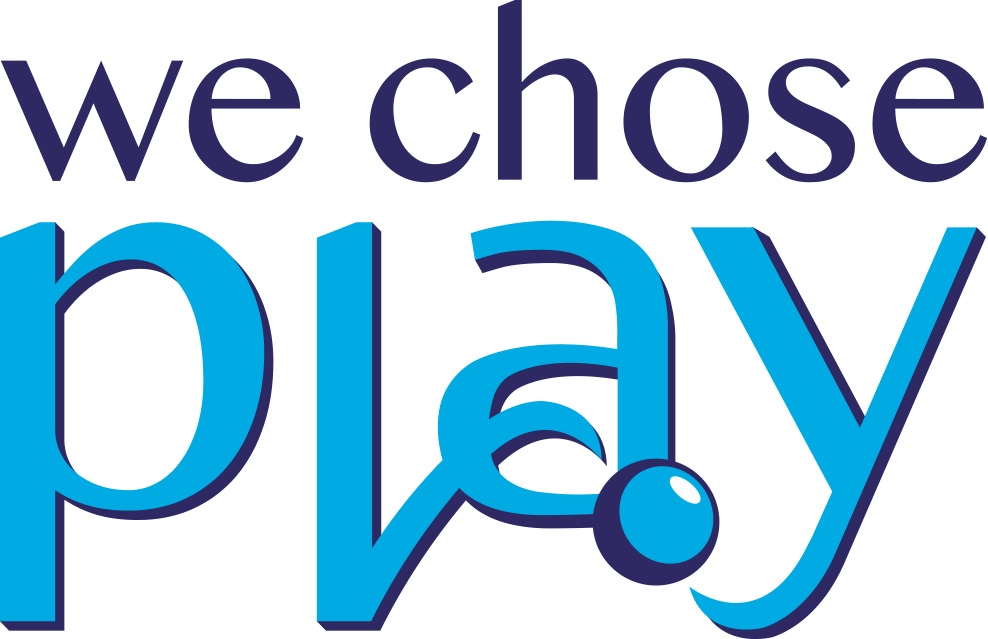This week we continue with our series on stumbling blocks that parents come across when trying to play with their children, and how to move past them. Today we will focus on the fourth functional emotional developmental capacity (FEDC 4) which is complex communication and shared problem solving.
Other developmental and even some behavioural interventions are successful at supporting children with developmental differences to reach the third Functional Emotional Developmental Capacity, but DIR/Floortime can help children move beyond this capacity from the concrete world into the abstract. Below is not meant to be a comprehensive list, but hopefully you will find some helpful suggestions here.
DISCLAIMER: These are general suggestions and guidelines. Context is important and can impact how to handle a stumbling block. Children can also exhibit certain behaviours at home or with you that differ from those at school or in other settings with others. Please contact a professional for specific recommendations for your own child.
At the 3rd Developmental Capacity (FEDC) 4: Child is regulated, engaging, and having purposeful emotional interactions but is lacking a continuous flow and not sustaining an interaction to socially problem-solve
FEDC 4 is the next capacity once a child is able to sustain circles of communication with you. The child is regulated (FEDC 1), engaged (FEDC 2), and communicating with you in a back-and-forth fashion that involves gestures, glances, emotional signalling, body language or words (FEDC 3). This next capacity (FEDC 4) is about sustaining interactions for longer periods of time, and sequencing actions and words as well as motor planning to show persistence in interactively solving problems with you.
In this capacity, a child will share in the experience of solving a problem, beyond just requesting things from you. The child here can initiate in a meaningful back-and-forth emotional experience with the goal of solving a problem such as finding a missing item, or opening a door that is stuck–all with your help, as opposed to just solving problems independently.
Child jumps to new activity if a challenge comes up; unwilling to solve the problem
Your child is interacting but gives up easily when there is a challenge. Don’t fret. All of us find it challenging to do things that are difficult for us. Here are some ways to entice your child back into the interaction to problem-solve with you.
TIPS:
- Use high affect and playfulness to entice your child back into the interaction. For example, our son loves to throw those little bouncy balls you get in gum ball machines, but sometimes they ‘disappear’. We can sing-song say “Where did it go?” with a huge smile and gesturing with our arms out in confusion. We can be silly and do a funny tip toe over to a plant saying, “Hmm… I wonder if it’s in the plant?!” in a very enticing manner that will peak his interest.
- Steer your playfulness to your child’s specific interests and sensory profile. Since our son loves silliness and is an overall sensory seeker, it works to be silly, loud and funny. For another child, that might be too overwhelming. Experiment with what sounds, affect, gestures, and movements grab and sustain your child’s attention.
- Put your body in the child’s line of vision, in front of the child, crouching down to their level to help them stay with you in the interaction. Experiment with your child’s comfort zone. Some children are uncomfortable if you are too close while for others, you will lose their attention if you are too far back.
- It’s crucial to focus on the affective interaction rather than the verbal topic of interest. That is, rather than using words to keep the child in the interaction, focus on the affect: the looks on your face, the expression and gestures you can use, the body language and the tone of voice focusing on sounds or expressions such as “Hmm...” or “Uh-oh!“, etc. rather than a lot of words.
This fourth developmental capacity is a pivotal milestone when many things start to happen. Children begin to see patterns in themselves and others, begin to regulate their emotions using emotional signalling with others rather than having emotional outbursts, and can carry out multiple-step problem-solving actions with others.
Child gets very frustrated and aggressive when presented with a challenge rather than persisting
Ideally you want the child to respond to social signals so they can negotiate using gestures and words rather than hitting. Eventually this will lead to exploring verbally how your child feels right before they hit, and how the other child might feel.
TIPS:
- Dr. Greenspan said that when a child is aggressive as a result of frustration, you want to give him or her practice at tolerating frustration when they are in a good mood and regulated. You can do this by starting small with something minor that is minimally frustrating to them and co-regulating, then gradually present harder challenges as they can handle them.
- Dr. Neufeld advises that you can start with frustrations that are out of your control, such as going somewhere that is closed, as opposed to saying ‘no’ to having a cookie which is in your control. Follow this up with co-regulating to help the child through the distress and disappointment:
- Empathize: “You must be so disappointed.”
- Depersonalize any aggressive behaviour: “Those hits are coming out of you“, “That made you really frustrated” (as opposed to attributing the aggression to the child as if they did it on purpose). Frustration is an emotion and aggression is the resulting impulse, not a cognitive choice. Only when the child reaches the developmental stage of being able to add in the tempering element to the aggression will they be able to control their impulses. (In neurotypical children this doesn’t happen until at least age 5 to 7 when the prefrontal cortex begins to function, and not sooner.)
- Model: “When I get frustrated I like to... (scream, stomp, hit a pillow.)” Determine which alternative behaviour your child would prefer to do.
- Bridge the aggression by conveying that your relationship is most important and you can withstand any aggressive behaviour (rather than giving threats to stop hitting/kicking/screaming ‘or else...’. The child has to see that their aggression will not affect their relationship with you, so stay as calm as possible and convey that you can handle it.)
- Anticipate that the child will get aggressive in challenging situations and be prepared to convey that you can handle it because it is normal to be frustrated! We can model, “When frustrated, we do ____“, which focuses on what to do instead of what not to do.
- Dr. Greenspan also suggests competitive games (for older children) where the child gets practice losing and winning. For younger children, he suggests playing modulation games where you go fast-slow-super slow and vice versa. You want the child’s need for action and movement to be modulated and regulated rather than telling them not to do something. Do this by giving constructive alternatives such as redirecting throwing into a basket, for instance, rather than saying “Don’t throw“.
Compulsive vs. Impulsive Behavoiur
In the Floortime Manual, Dr. Greenspan’s words advise us about differences to look for in our children. Compulsivity and impulsivity can hold our children from reaching the fourth functional emotional developmental capacity (FEDC 4).
- Compulsive behaviour is more rigid and repetitive. A child displaying these behaviours struggles with flexibility and creativity to expand their behavioural repertoire (as do many of us adults at times).
- Impulsive behaviour is more indicative of sensory craving needs. A child with impulsive behaviour can benefit from more practice and regulation as described above, and benefits from more structure to support these needs. When/if more fluently verbal, we can help the child better express their needs through words. They will be better able to express their feelings with more creativity through practice, and as they develop the capacity for more emotional signalling.
THE REALITY: A continuous flow of back-and-forth signalling will defeat the need to be impulsive or withdrawn. This fourth developmental capacity regulates aggression. The earlier a child can develop these capacities, the less behavioural challenges as the child gets older and bigger because the child is happier and more in control of their world. This capacity helps children learn to communicate using emotional signalling which will decrease impulsivity and aggression.
THE GOOD NEWS: Autistic children can reach this fourth functional emotional developmental capacity with love and support using DIR/Floortime. Be patient, though. It can take a few years to get there, but development happens. Our son has been working on the FEDC 3-4 cusp for a couple of years now and gets closer every month. Experienced DIR/Floortime expert training leaders who have worked with children using this model for the past 15 years see it happen all of the time. They see the best progress when parents are involved and are attuned to their child’s tendencies and needs.
I hope you now have a better understanding of how to help challenge your child at the third developmental capacity in order to target this fourth capacity. As Dr. Greenspan would say, you have to get an affective rhythm going with something that’s pleasurable to both of you and then just keep it going. Next week we will focus on stumbling blocks at FEDC 5: Using symbols and creating emotional ideas.
Until next week… here’s to affecting autism through playful interactions!




